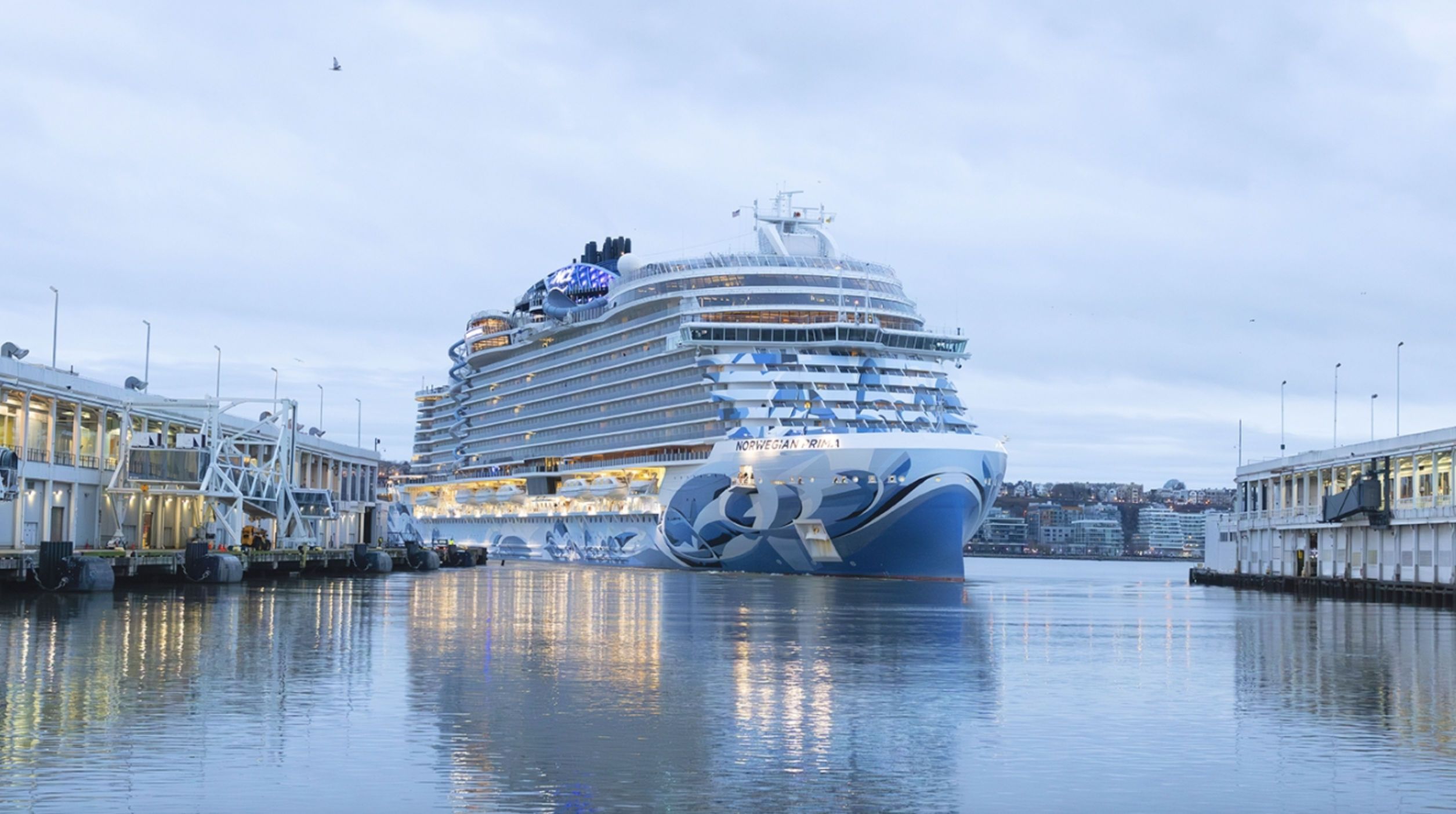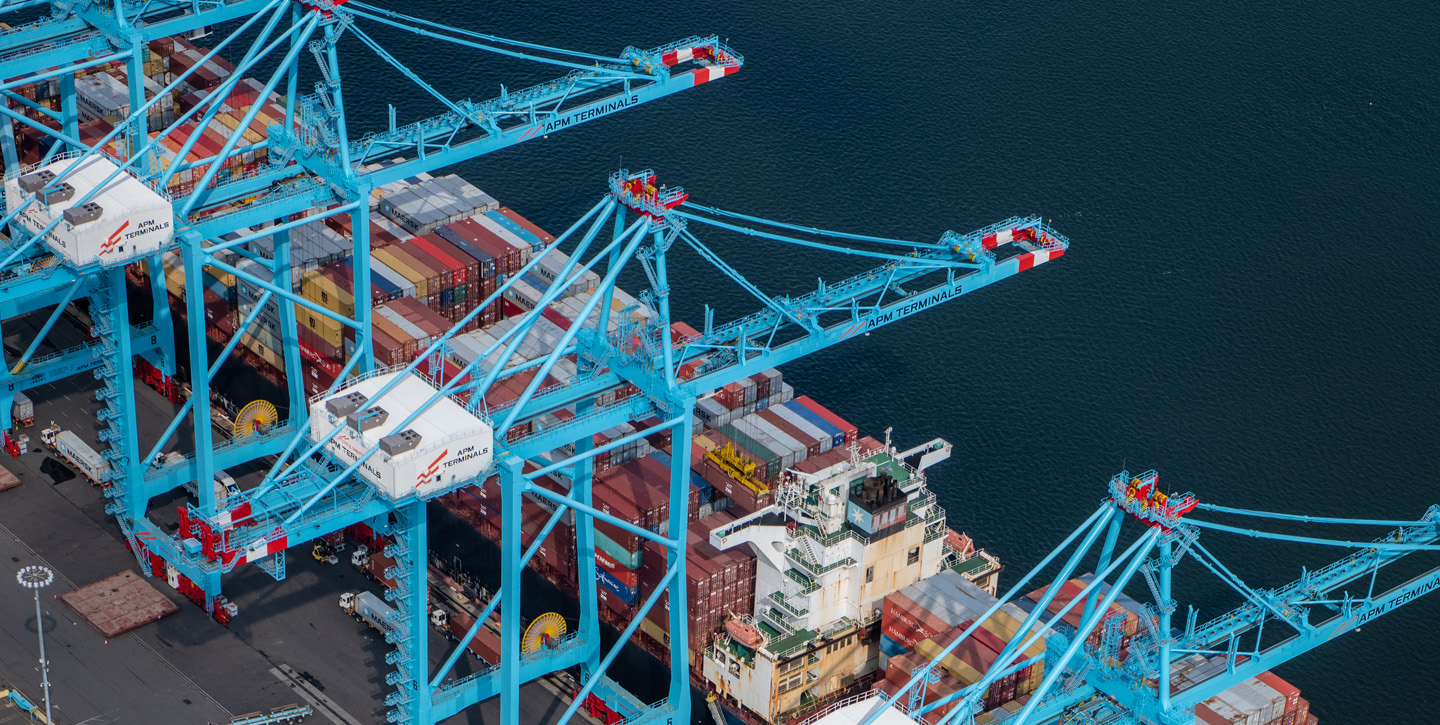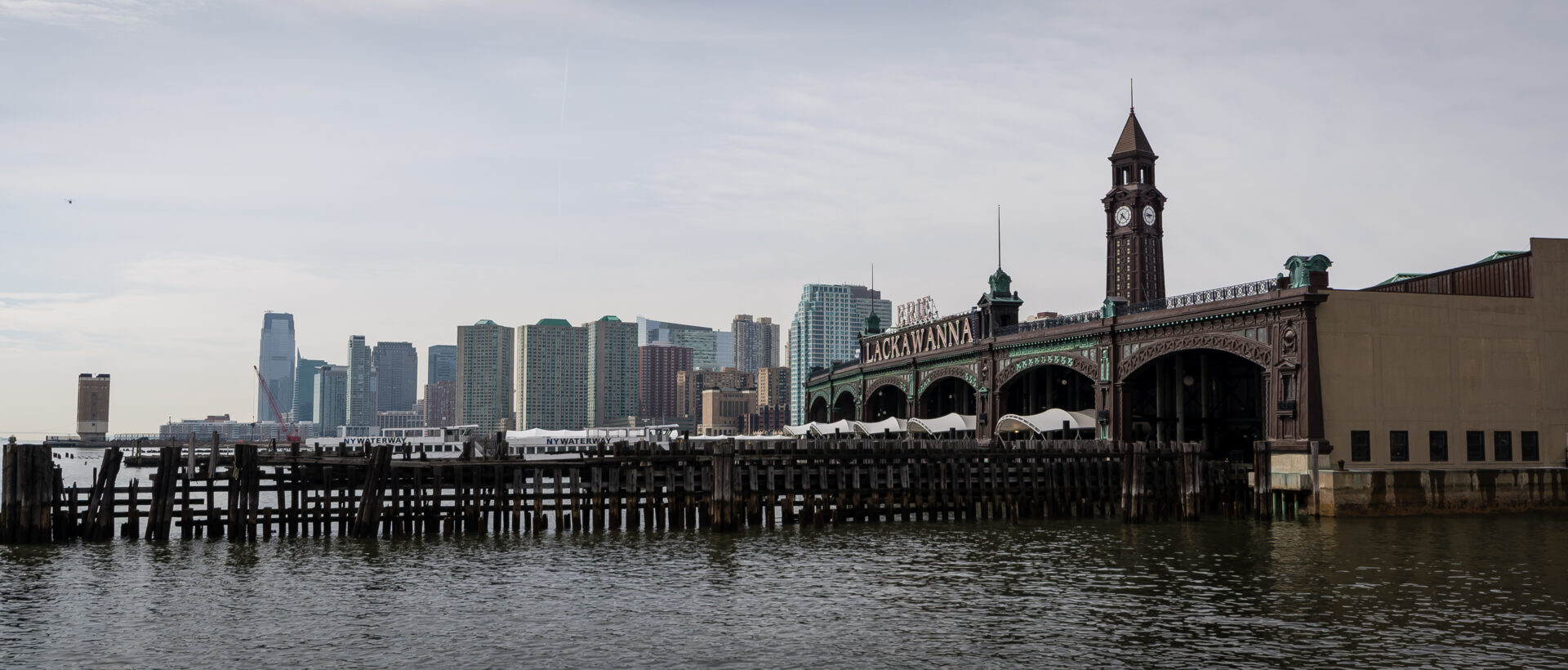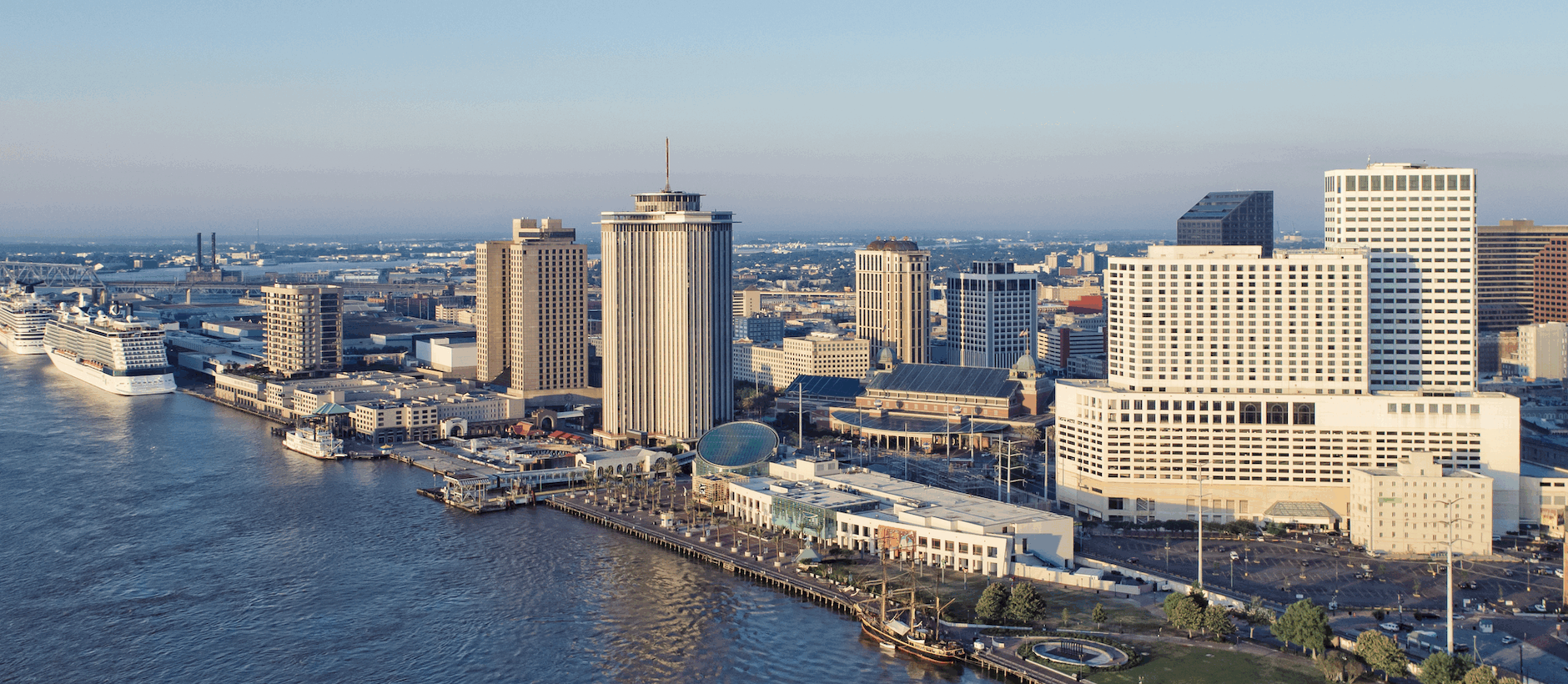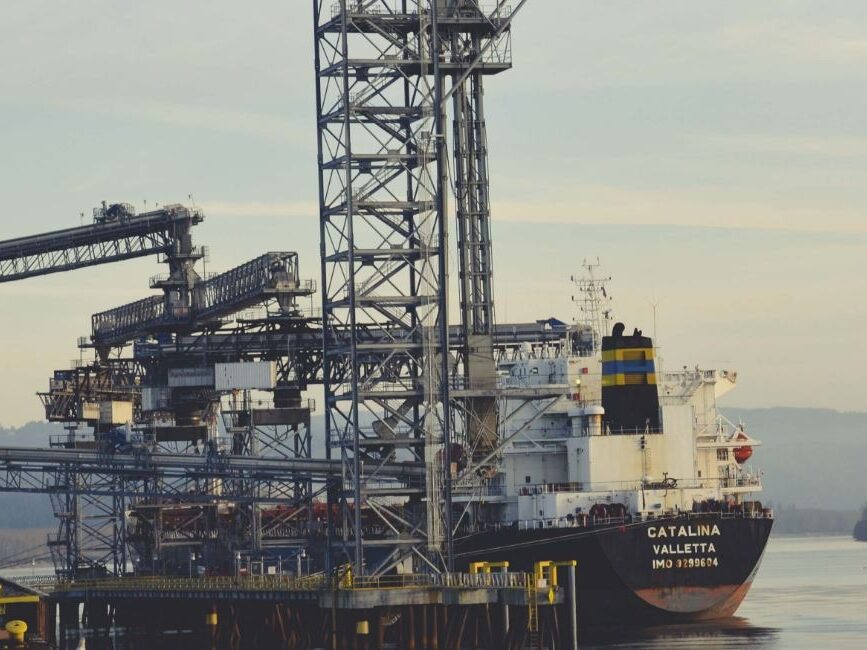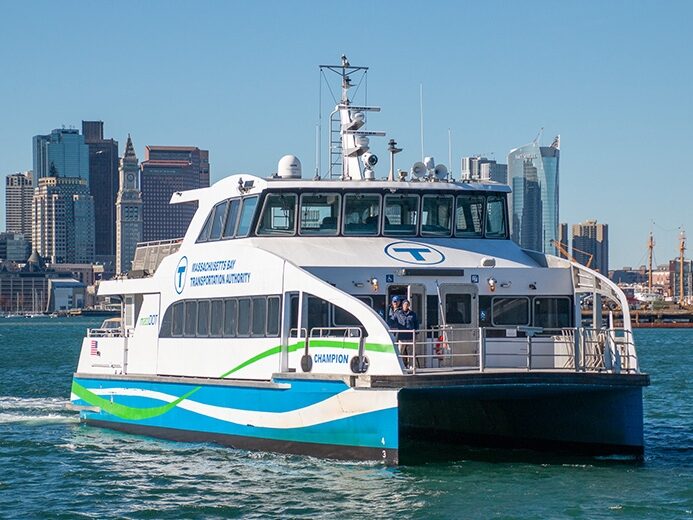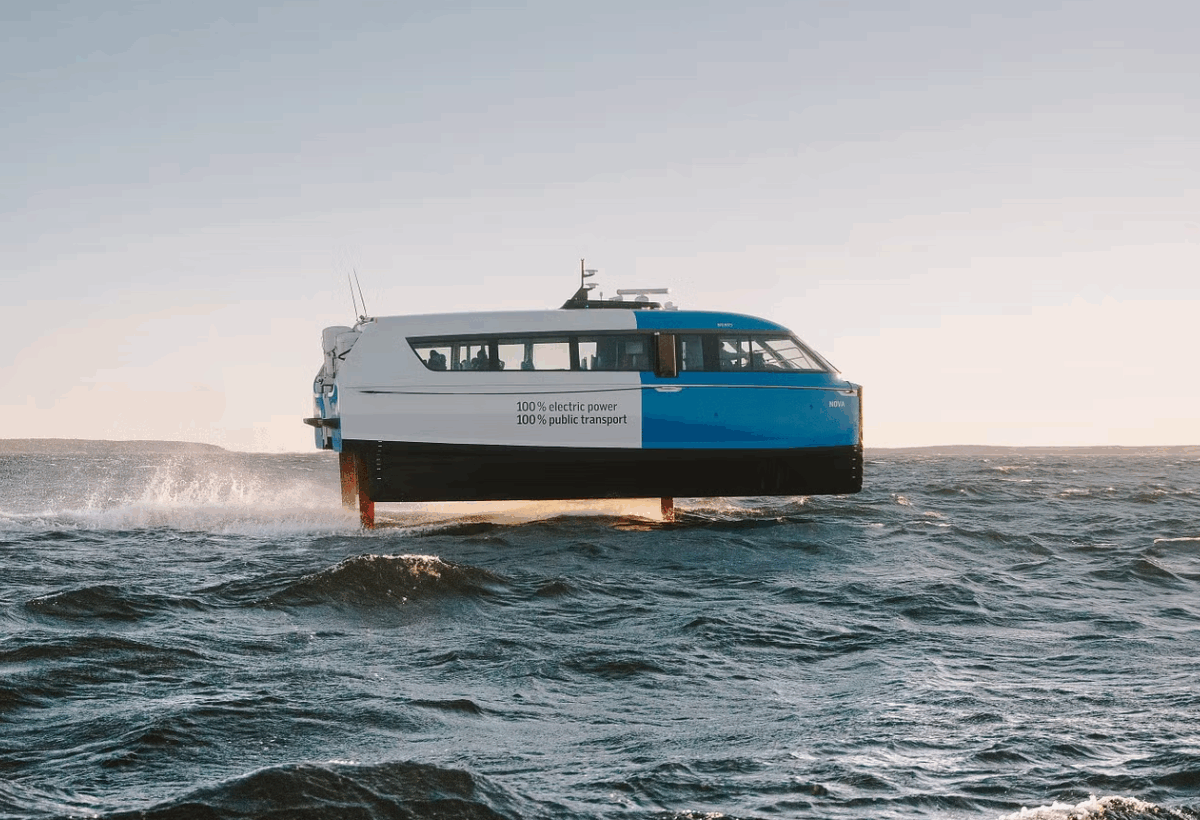The Port of Seattle Commission has approved its 2026 operating budget and five-year Capital Improvement Plan (CIP), outlining sustained investment in maritime facilities, decarbonisation projects and industrial waterfront infrastructure. The decision follows two months of public review and a formal hearing on 11 November.
The Port’s total CIP for 2026–2030 amounts to 4.4 billion USD, with maritime programmes forming a significant component of planned spending.
The 2026 budget reinforces the Port’s long-term strategy to increase resilience across its maritime operations, modernise key assets and strengthen environmental performance.

The Maritime Division’s 2026–2030 capital plan totals 737 million USD, averaging more than 147 million USD per year across freight, commercial fishing and recreational moorage facilities. In addition, the Port expects to invest 210 million USD towards its share of Northwest Seaport Alliance (NWSA) projects, which include upgrades to container terminals and support infrastructure used by regional importers and exporters.
At Fishermen’s Terminal, home to the North Pacific Fishing Fleet, occupancy remains high and continues to drive investment in asset renewal, safety improvements and pier modernisation. The Port’s four recreational boating facilities are also included within the capital programme, with funding for maintenance and customer-focused upgrades.
Commissioners emphasised that while maritime demand remains stable, external conditions such as tariff changes, climate impacts and visitor policies will continue to shape operational planning.
Port Commission Vice President Ryan Calkins said:This budget reflects our mission to grow economic opportunities and improve quality of life by building a resilient economy that invests in both people and the planet. We are expanding climate initiatives like shore power and sustainable fuels in aviation and maritime, as well as building green job training and career pathways. I’m proud of our continued investments in Seattle’s industrial waterfront, SEA, and the workforce that sustains them. These are steady, strategic steps that will grow our region’s green economy to keep us competitive and sustainable for years to come.
Seattle’s cruise sector is expected to set new activity levels in 2026. After nearly 300 ship calls and 1.9 million revenue passengers in 2025, the Port forecasts 330 calls next year across its three berths. All berths are equipped with plug-in shore power, supporting operators’ emissions-reduction goals while ships are alongside.
Two additional cruise brands are due to homeport in Seattle during the 2026 season, adding to the city’s role as a departure point for Alaska itineraries.
Meanwhile, environmental stewardship forms a central element of the maritime budget. Investment areas include expanded access to shore power, alternative maritime fuels and habitat restoration schemes. Commissioners highlighted that these projects are designed to support climate objectives and limit impacts on communities close to port facilities.



